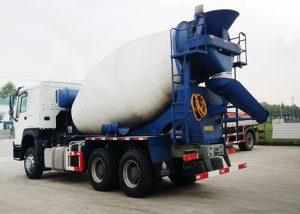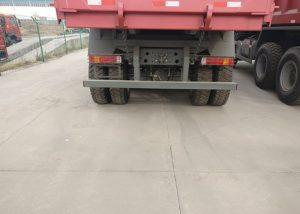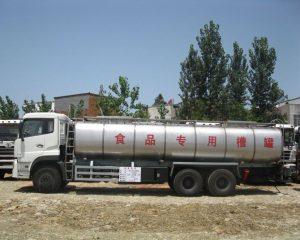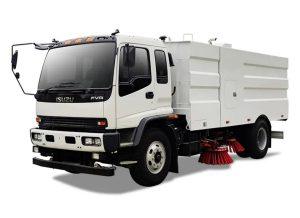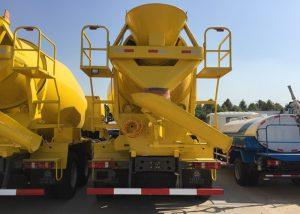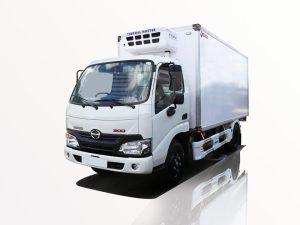Monday to Saturday - 8:00 -17:30
Everything You Need to Know About Fire Chief Vehicles
Introduction
Fire chief vehicles play a crucial role in the firefighting ecosystem. These specialized vehicles are not just for transportation; they serve multiple purposes in ensuring efficient management of fire incidents and emergency responses. In this article, we’ll explore the various types of fire chief vehicles, their features, the technology they incorporate, and how they enhance operational effectiveness. Whether you are a fire department official, a vehicle manufacturer, or simply an enthusiast, this comprehensive guide will provide valuable insights into fire chief vehicles.
Understanding Fire Chief Vehicles
What Are Fire Chief Vehicles?
Fire chief vehicles are designated automobiles used by fire chiefs and other senior fire officials. These vehicles are equipped with specialized tools and technology that facilitate quick and effective response during emergencies. Typically, fire chief vehicles are either SUVs or pickup trucks modified to meet fire department needs.
Importance in Fire Operations
Fire chief vehicles serve as mobile command centers, allowing chiefs to assess emergency situations, coordinate firefighting efforts, and communicate effectively with their teams and other emergency services. Having a dedicated vehicle is vital for operational efficiency.
Types of Fire Chief Vehicles
SUVs and Pickup Trucks
Most fire chief vehicles are built on the frames of SUVs and pickup trucks due to their versatility, power, and off-road capabilities. Popular models include:
- Ford Explorer
- Chevrolet Tahoe
- Dodge Ram
Command Units
Command units are additional vehicles specifically designed for more significant incidents. These may include mobile command posts equipped with advanced communication systems and equipment for managing large-scale emergencies.
Features of Fire Chief Vehicles
Communication Systems
Effective communication is essential during emergencies. Fire chief vehicles are equipped with:
- Two-way radios
- Vehicle tracking systems
- Smartphone integration
Emergency Lighting and Markings
Visibility is a critical factor in emergency situations. Fire chief vehicles are outfitted with:
- LED light bars
- Rotating beacons
- High-visibility markings
Storage Solutions
Fire chiefs often need to carry essential equipment and tools. Effective storage solutions may include:
- Lockable toolboxes
- Modular shelving systems
- Portable tool chests
Technology in Fire Chief Vehicles
GPS and Mapping Software
Equipped with GPS systems, fire chief vehicles can quickly assess the fastest routes to incident locations, improving response time significantly.
Drones and Aerial Surveillance
Some modern fire chief vehicles are outfitted with drone systems for aerial surveillance, allowing chiefs to assess incidents from the sky and make better-informed decisions.
Buying and Customizing Fire Chief Vehicles
Choosing the Right Vehicle
When selecting a fire chief vehicle, consider the following factors:
- Size and Capacity
- Durability and Off-road Capability
- Fuel Efficiency
Customization Options
Fire chief vehicles can be customized to meet specific operational needs. Common customizations include:
- Enhanced suspension systems for rough terrain
- Advanced lighting and siren systems
- Communication equipment installations
Operational Strategies for Fire Chiefs
Utilizing Fire Chief Vehicles for Training
Fire chief vehicles can serve as training tools. Consider conducting training simulations in the vehicles to familiarize recruits with equipment and emergency procedures.
Creating a Vehicle Maintenance Schedule
Regular maintenance is crucial for vehicle performance. Establish a vehicle maintenance schedule to ensure safety and reliability, which might include:
- Regular oil changes
- Tire checks
- Lighting system tests
Case Studies: Fire Chief Vehicles in Action
Case Study 1: Urban Fire Department
In an urban department, the fire chief utilized an SUV equipped with drone technology for a large building fire. The aerial view allowed better understanding of the incident, leading to a swift tactical response.
Case Study 2: Rural Fire Department
A rural fire chief relied on a customized pickup truck with off-road capabilities and essential rescue tools to respond to wildfires, reaching areas inaccessible to larger trucks.
Conclusion
The role of fire chief vehicles is significant in modern firefighting. Their design, technology, and functionality play a crucial part in ensuring that fire chiefs can effectively manage emergencies. Understanding these vehicles and optimizing their use can boost the overall effectiveness of fire departments.
FAQs
What types of vehicles do fire chiefs usually drive?
Fire chiefs typically drive SUVs or modified pickup trucks, as these vehicles offer versatility and sufficient space for essential equipment.
Why are communication systems important in fire chief vehicles?
Communication systems are crucial for coordinating efforts during emergencies and ensuring all team members are informed about the situation.
How can fire chief vehicles be customized?
Customization options include installing specialized storage, advanced light and siren systems, and additional communication equipment.
What should be included in a maintenance schedule for fire chief vehicles?
A maintenance schedule should include regular oil changes, tire inspections, and checks on the lighting and communication equipment.
Can fire chief vehicles be used for training purposes?
Yes, fire chief vehicles can be used for training simulations to help recruits become familiar with the equipment and emergency procedures.
What role does technology play in modern fire chief vehicles?
Technology, such as GPS systems and drones, significantly enhances situational awareness, operational efficiency, and decision-making during fire incidents.


